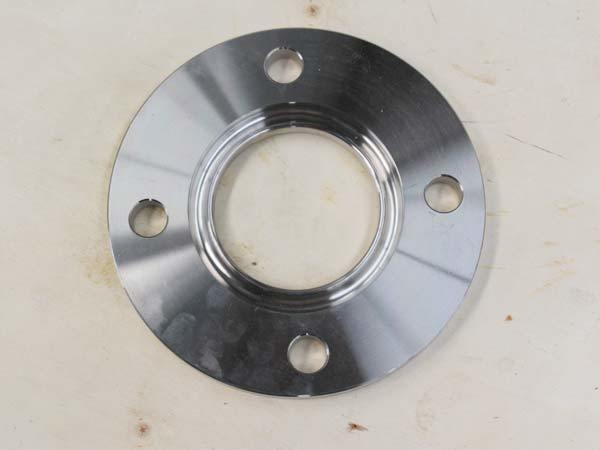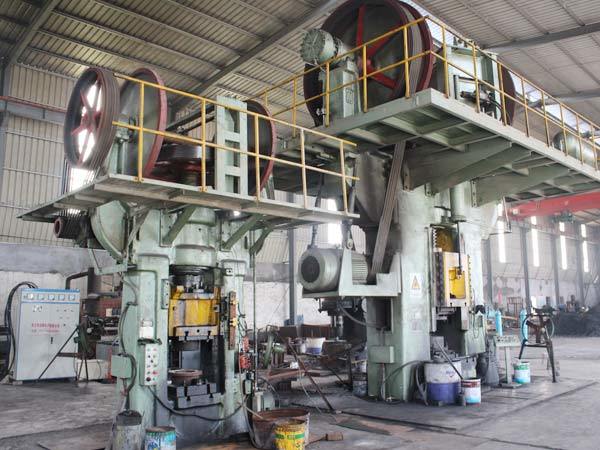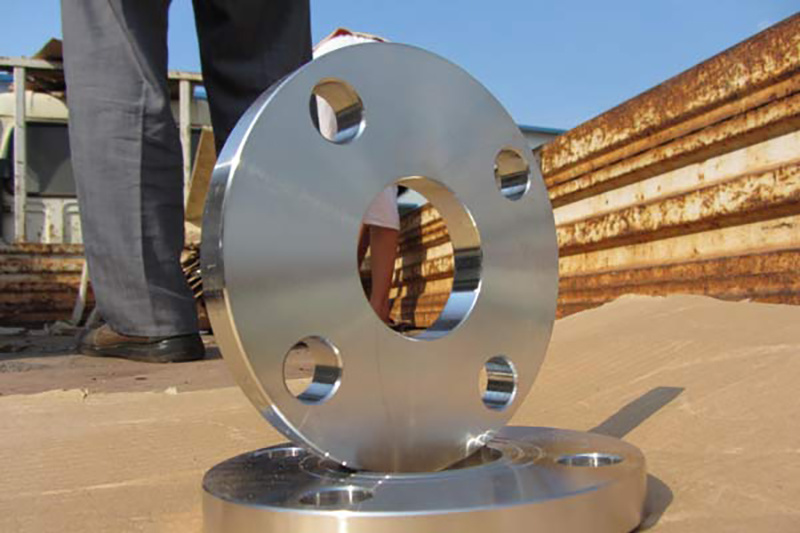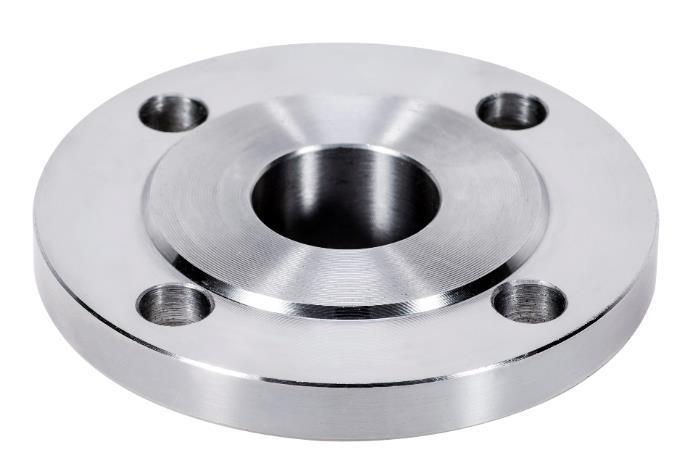Understanding Non-Standard Flanges: An Essential Guide for Construction and Decorative Materials
Release time:
2025-03-31
Non-standard flanges, as the name suggests, are flanges that do not conform to widely recognized industry standards. While standard flanges are manufactured to meet specific dimensions, pressure ratings, and material compositions defined by organizations like ASME, ISO, or ANSI, non-standard flanges offer flexibility to cater to unique project requirements. This can include variations in size, sha
One of the primary reasons for using non-standard flanges is to accommodate unique installation conditions. In many construction projects, particularly in complex systems, standard dimensions may not be suitable. Non-standard flanges can be custom-designed to fit into tight spaces or to align with existing infrastructure, ensuring seamless integration and functionality. This adaptability is particularly beneficial in renovation projects where existing piping systems may have unconventional dimensions.
Moreover, non-standard flanges can be tailored to withstand specific environmental conditions. For example, in industries such as chemical processing or oil and gas, the need for specialized materials that resist corrosion, high temperatures, or extreme pressures becomes paramount. Non-standard flanges allow for the selection of materials that meet these specific needs, enhancing the longevity and reliability of the piping system.
Another important aspect to consider is the manufacturing process of non-standard flanges. The production of these flanges often involves advanced technologies such as CNC machining or 3D printing. These methods not only allow for high precision in design and manufacturing but also facilitate quicker turnaround times for custom orders. As a result, non-standard flanges can be produced efficiently, minimizing delays in construction projects.
Furthermore, non-standard flanges can contribute to cost savings in the long run. By eliminating the need for extensive modifications to existing piping systems or infrastructure, these custom flanges can reduce labor costs and project timelines. Additionally, the reliable performance of non-standard flanges in specialized applications can prevent costly failures and maintenance issues down the line.
In conclusion, non-standard flanges play a vital role in the construction and decorative materials industry, providing flexibility, customization, and enhanced performance for unique project needs. Understanding their applications and benefits can empower construction professionals to make informed decisions, ultimately leading to successful project outcomes. Whether involved in new constructions or renovations, recognizing the value of non-standard flanges is essential for achieving operational efficiency and longevity in piping systems.
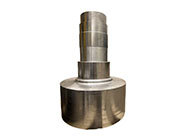
Latest developments
The Advantages of Using Flat Flanges in Architectural Design Table of Contents Introduction to Flat Flanges in Architecture Understanding Flat Flanges: Definition and Types Benefits of Using Flat Flanges in Architecture Enhancing Structural Integrity with Flat Flanges Design Flexibility and Aesthetic Appeal Cost-Effectiveness of Flat Flanges in Projects Applications of Flat Flan
Understanding Steel Industries Forgings: A Key Component in Construction and Decorative Materials
Forgings in the steel industry are a fundamental production technique that involves shaping metal through localized compressive forces. This process results in components that exhibit enhanced strength, durability, and resistance to fatigue compared to those produced through other methods, such as casting or machining. In the context of construction and decorative materials, steel forgings play a
Why Forging of Stainless Steel is Essential for Modern Industry
Why Forging of Stainless Steel is Essential for Modern Industry Table of Contents 1. Introduction to Stainless Steel Forging 2. Importance of Forging in Stainless Steel Production 3. The Forging Process: A Detailed Overview 4. Benefits of Forging Stainless Steel 5. Key Applications of Forged Stainless Steel 6. Innovations in Stainless Steel Forging 7. Environmental Imp
Understanding Non-Standard Flanges: An Essential Guide for Construction and Decorative Materials
Non-standard flanges, as the name suggests, are flanges that do not conform to widely recognized industry standards. While standard flanges are manufactured to meet specific dimensions, pressure ratings, and material compositions defined by organizations like ASME, ISO, or ANSI, non-standard flanges offer flexibility to cater to unique project requirements. This can include variations in size, sha
How Japanese Standard Flanges Boost Your Pipeline Efficiency: A Comprehensive Guide
How Japanese Standard Flanges Enhance Your Pipeline Efficiency Introduction to Pipeline Efficiency and Flanges In the world of industrial piping systems, **pipeline efficiency** is paramount. The integrity and performance of a piping system can greatly influence operational costs, safety, and productivity. **Flanges** play a crucial role in this efficiency, serving as a connection point between di
Understanding American Standard Flanges: Essential Insights for Construction Professionals
American standard flanges are critical components in piping systems, commonly used in construction and various industrial applications. These flanges serve as connection points for pipes, valves, and other equipment, ensuring a secure and leak-proof assembly. Understanding the specifications and applications of American standard flanges is essential for construction professionals involved in the d



